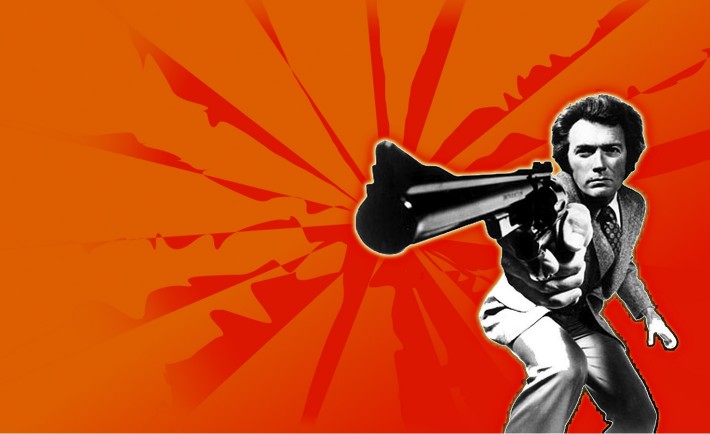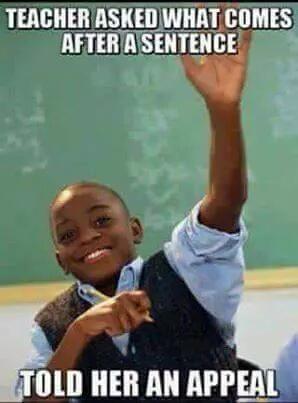According to a scathing new report from the American Bar Association, “Stand Your Ground” laws increase homicides, foster a shoot-first mentality that is a “license to kill,” disproportionately justify violence against people of color, and endanger police officers. Coincidentally, this occurred during the same week that the infamous shooter most associated with Stand Your Ground, George Zimmerman, ratcheted up his overtly racist Twitter posts.
Quick background on Stand Your Ground laws: In 2005, Florida enlarged the right to use deadly force, without a duty to retreat, to any situation where a person believed they were in grave danger in a place they were lawfully entitled to be present. On the street. In a park, or a car, or an office. Other states quickly followed suit. Thirty-three states now have some form of Stand Your Ground laws, allowing citizens to shoot (or stab, or fight— but mostly shoot) their way out of threatening situations, rather than remove themselves from them.
Why? As I wrote in my book, SUSPICION NATION: The Inside Story of the Trayvon Martin Injustice and Why We Continue to Repeat It:
Standing one’s ground has a ring of bravery and virility, of film lines that cause audiences to erupt in applause: bring it on, or make my day, or say hello to my little friend (as Scarface pulls out his M-16). A popular T-shirt and bumper sticker after 9/ 11 featured an American flag with the words, “These colors don’t run,” emphasizing that we are a people who stay put and fight . . . Each part of Stand Your Ground resonates with these values: “Stand”—plant your feet, don’t run like a coward; “Your”—that turf belongs to you, fight for it!; “Ground”—don’t lose your position, physically or in the argument. No surrender. Man up. Don’t give ’em an inch.
During the 2013 Zimmerman trial, Stand Your Ground laws became a hot topic of national discussion. Shortly before the trial, the defense announced that it would not invoke Zimmerman’s rights under the law because his account was that he was restrained at the time he fired the shot, unable to escape. Retreat was impossible, according to Zimmerman’s story, and hence the law did not apply to the facts of the case. During the trial, neither side argued that the Stand Your Ground law applied or didn’t apply—it was a nonissue.
But then a curious thing happened. The language crept into the jury instructions. On page twelve of all the legalese, Judge Nelson included this sentence:
If George Zimmerman was not engaged in an unlawful activity and was attacked in any place where he had a right to be, he had no duty to retreat and had the right to stand his ground and meet force with force, including deadly force if he reasonably believed that it was necessary to do so to prevent death or great bodily harm . . .
And Stand Your Ground was part of the jurors’ decision making as well. Juror B37 said that Stand Your Ground was part of the law the jury considered in reaching its verdict. “The law became very confusing. It became very confusing,” she told Anderson Cooper on CNN. “We had stuff thrown at us. We had the second-degree murder charge, the manslaughter charge, then we had self-defense, Stand Your Ground.”
Later in the interview she said that Zimmerman was acquitted “because of the heat of the moment and the Stand Your Ground.” (“Heat of the moment” was also not a defense in the case.)
In the Zimmerman trial and others since, Stand Your Ground became a proxy, shorthand for the concept that altercations can turn deadly without any legal accountability. More broadly, Stand Your Ground is understood as a rule allowing citizens to pull out a gun and shoot in any fight, even if that’s not the law.
While Stand Your Ground laws are sometimes justified as protecting crime victims, I argued in Suspicion Nation that Zimmerman was the aggressor in his altercation with Trayvon Martin, and that Zimmerman’s targeting of the teenager was largely based on race. While Zimmerman’s trial team hotly denied any racial bias, Zimmerman, emboldened by his acquittal, now openly embraces KKK-style racist language, calling black folks “apes,” “primates” and “black slime,” and posting racist “humor,” like his tweet this week:
This precise vile stereotype, that African Americans are all criminals—even kids, even Trayvon Martin who was unarmed, had no criminal record and was simply walking down the street with candy in his pocket—is what led Zimmerman to suspiciously eye his victim, follow him, start the altercation, and ultimately kill him.
That same pernicious blacks-are-criminal bias, which has justified racist violence for centuries, helped acquit Zimmerman. As the ABA found, racial stereotypes influence the courts: a white shooter who kills a black victim is 350 percent more likely to be found justified in the use of lethal force than if the same shooter killed a white victim. This is consistent with our long history of turning a blind eye to the killing of black men and women, whether by police or vigilantes.
The ABA calls for a halt on enacting more Stand Your Ground laws, and a repeal of laws currently on the books. It also calls for clearer jury instructions, which may have helped in the Zimmerman trial. Its recommendations are based on fact and reason and should be supported by all Americans who value equality, nonviolence and the preciousness of human life.



